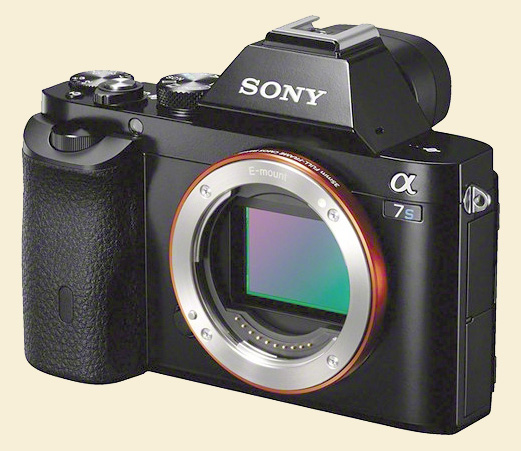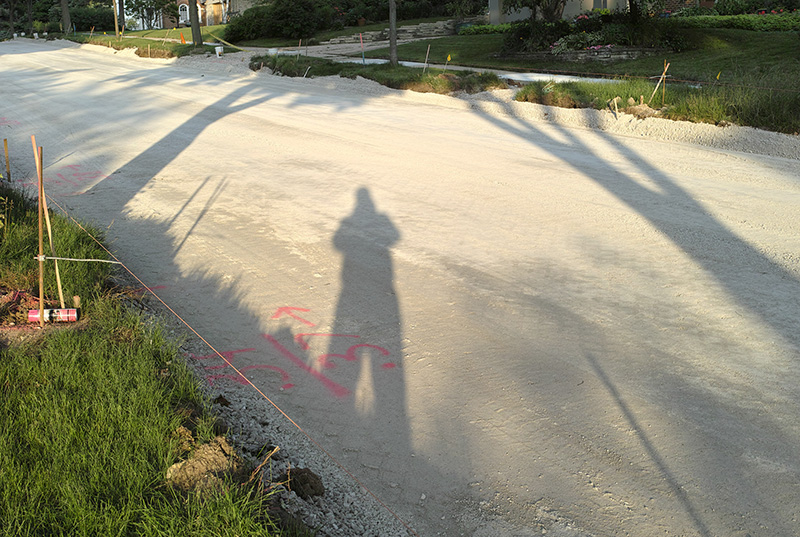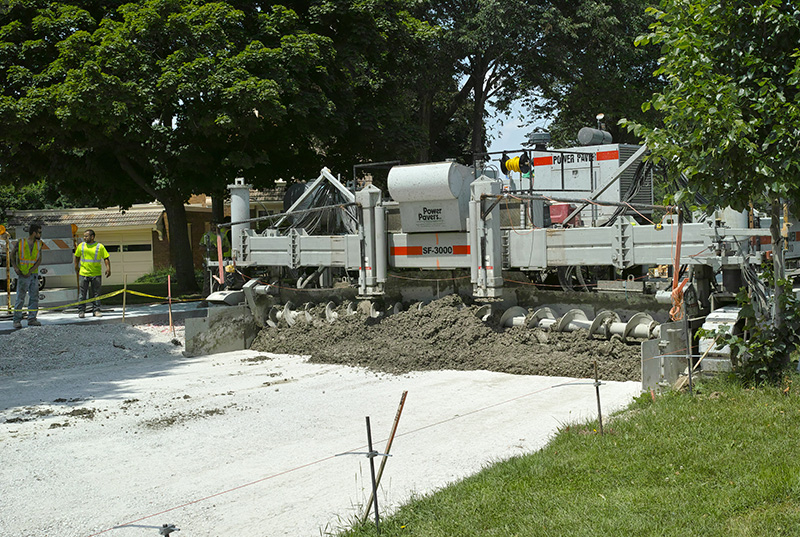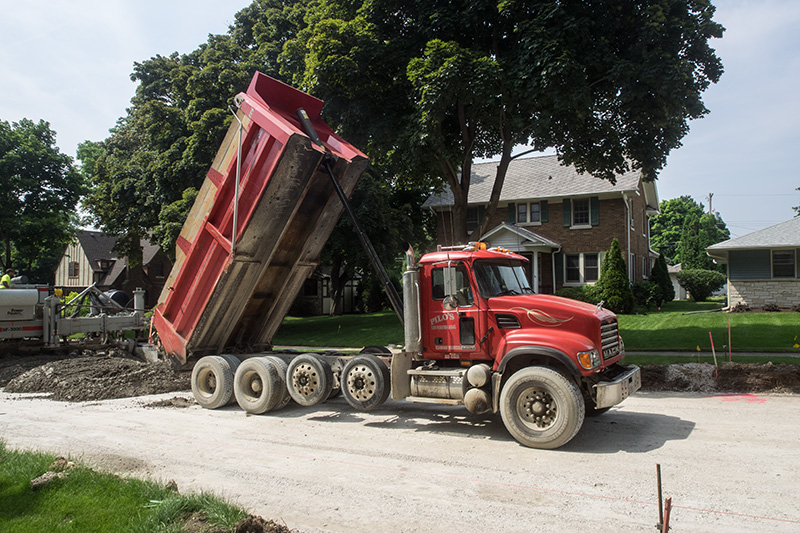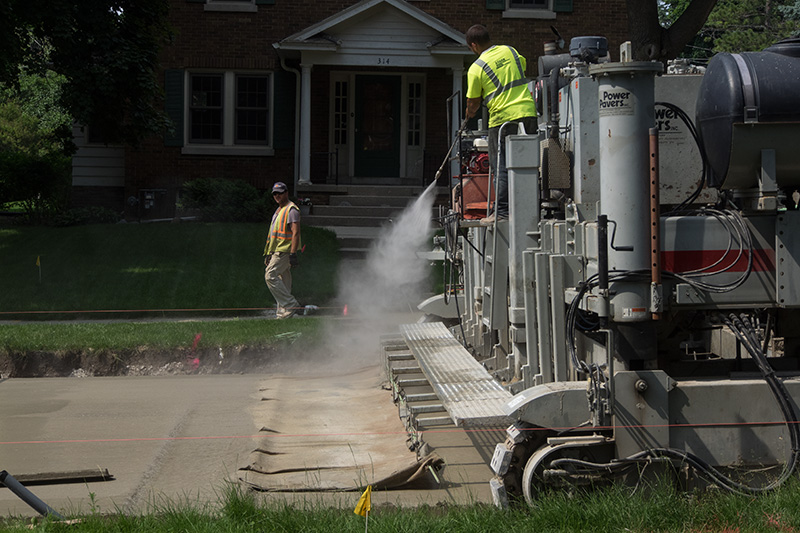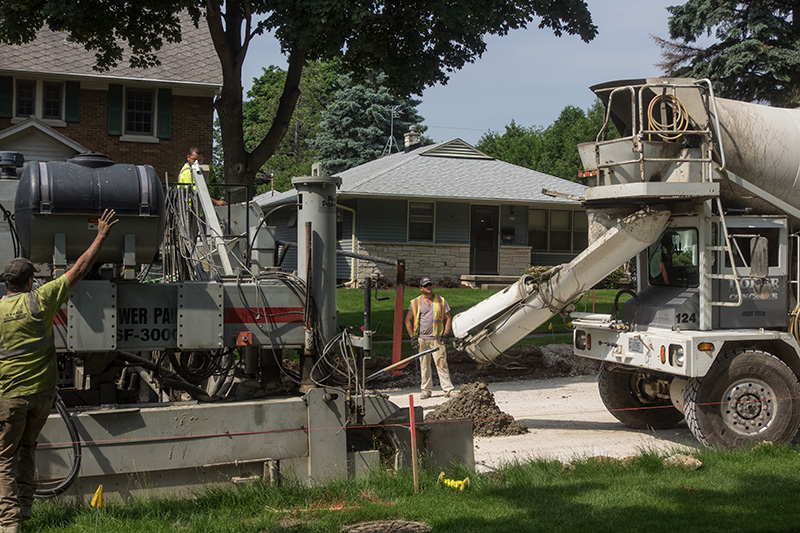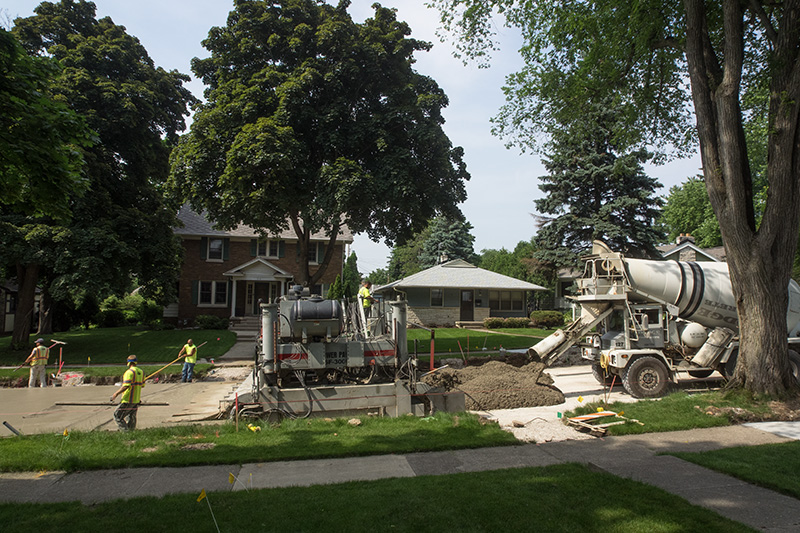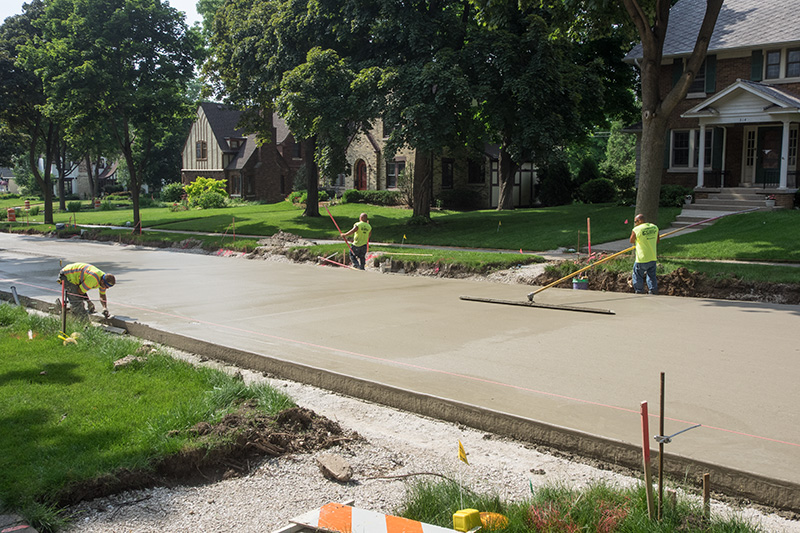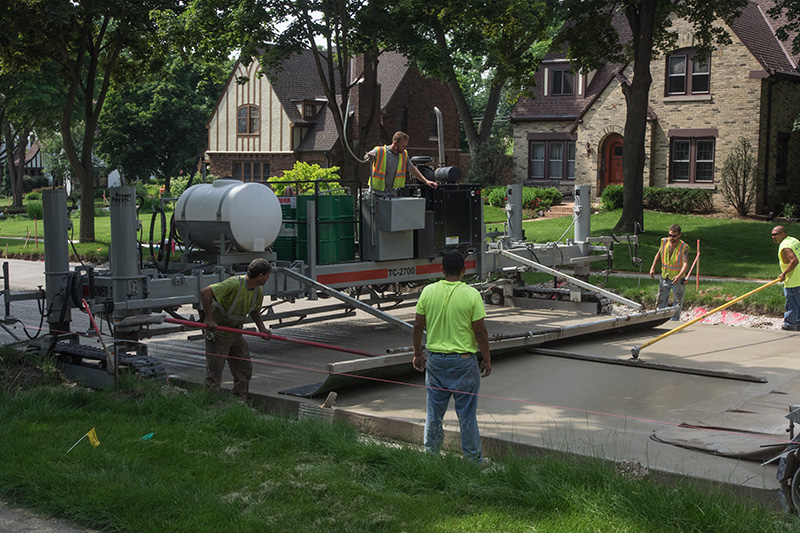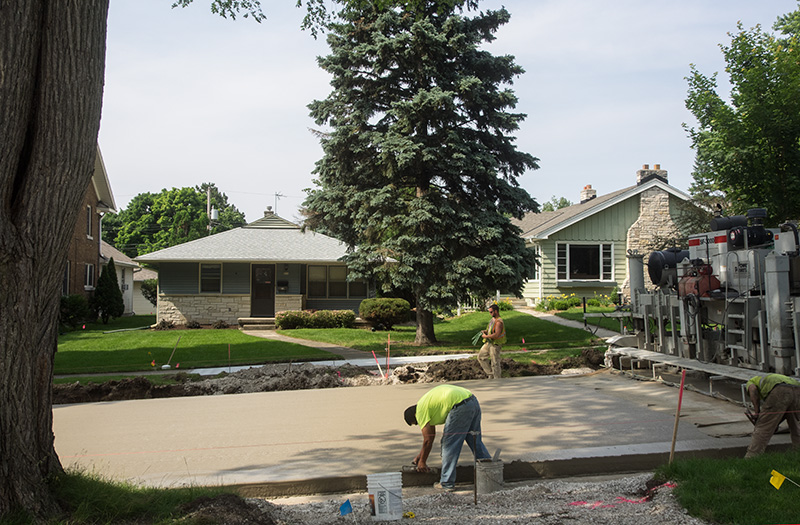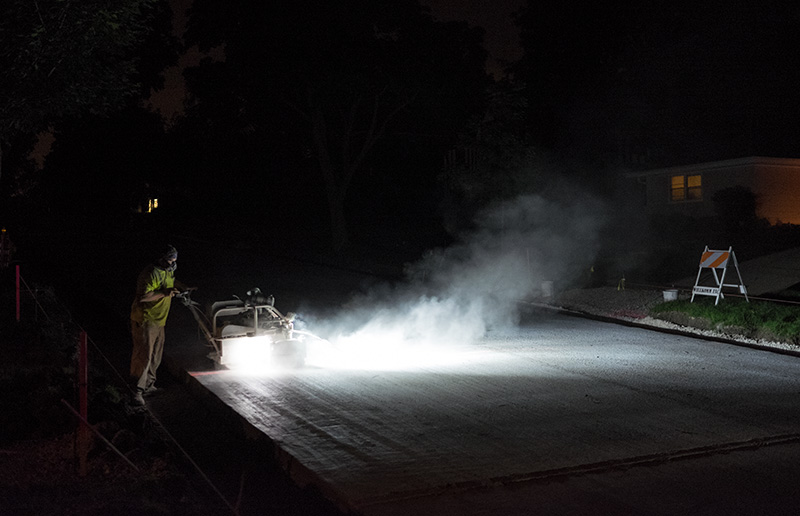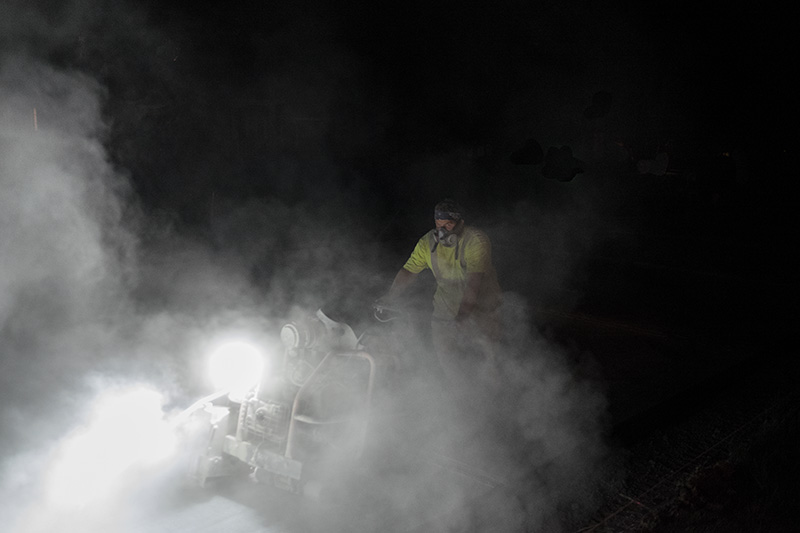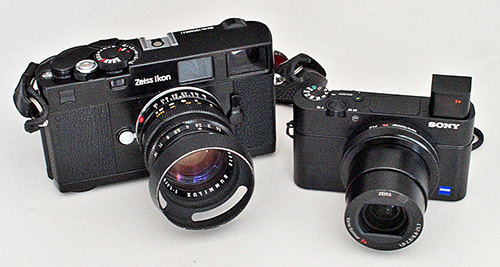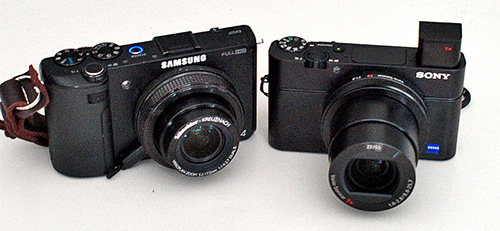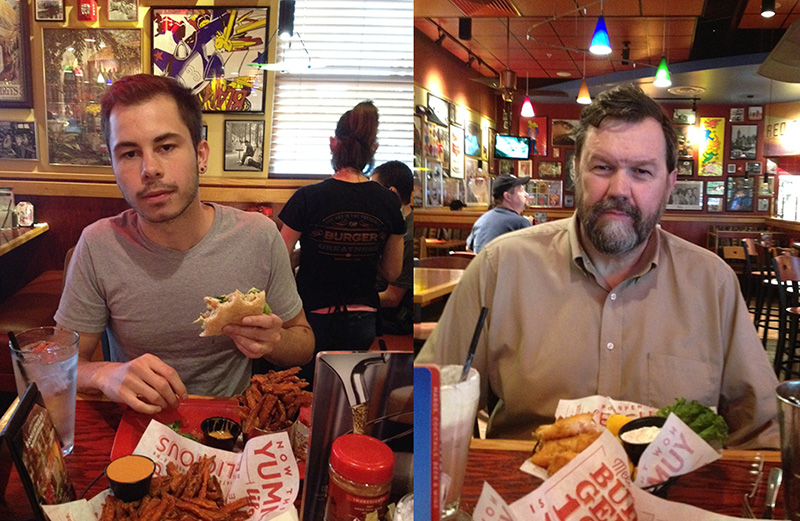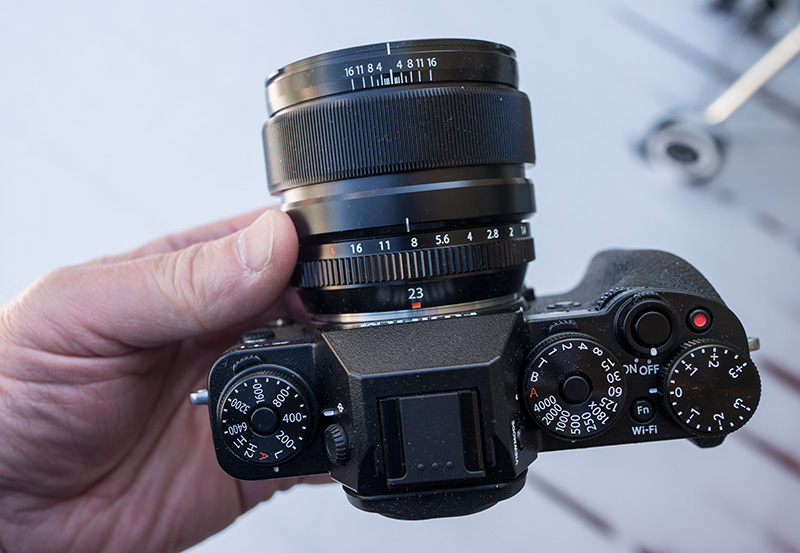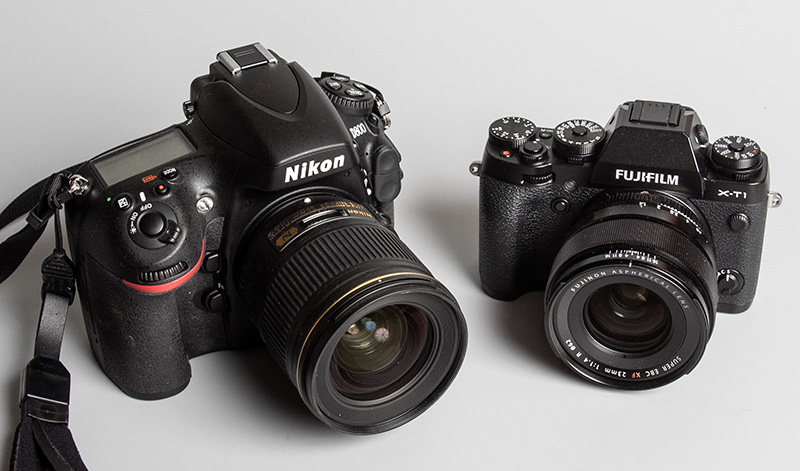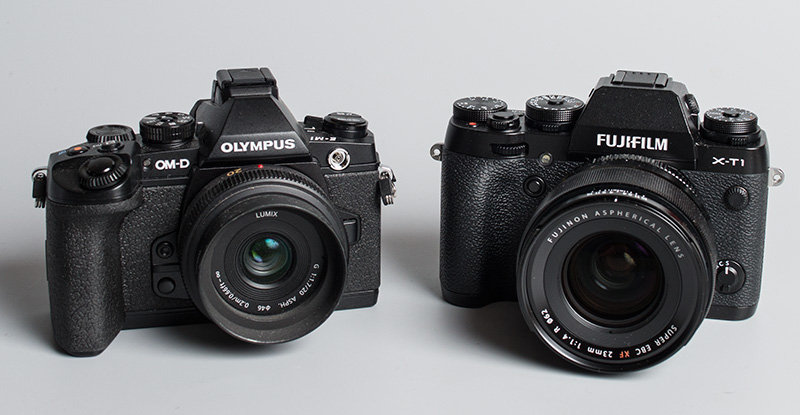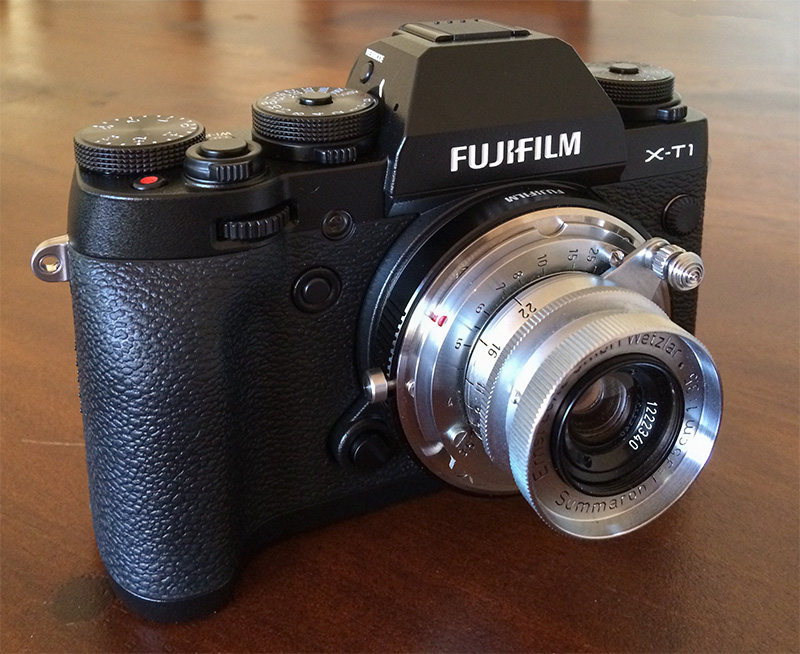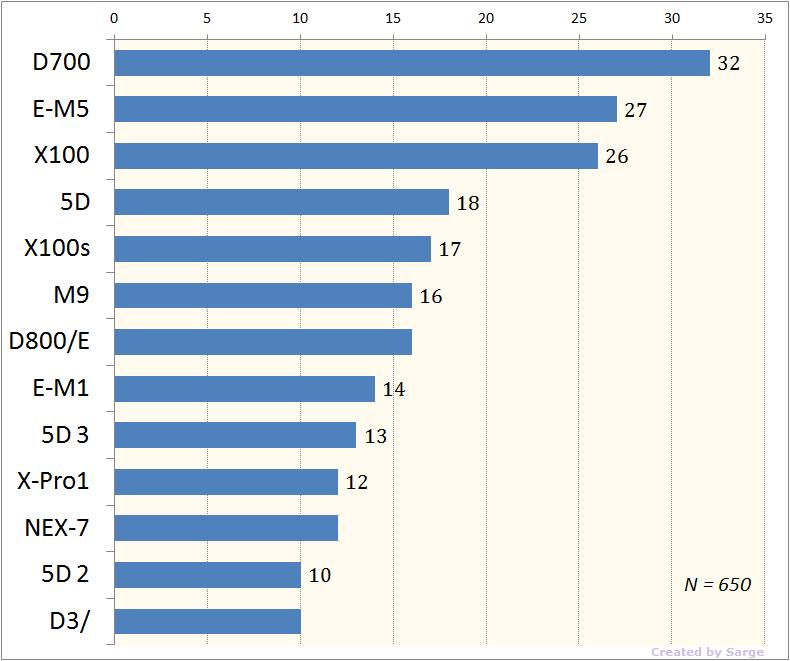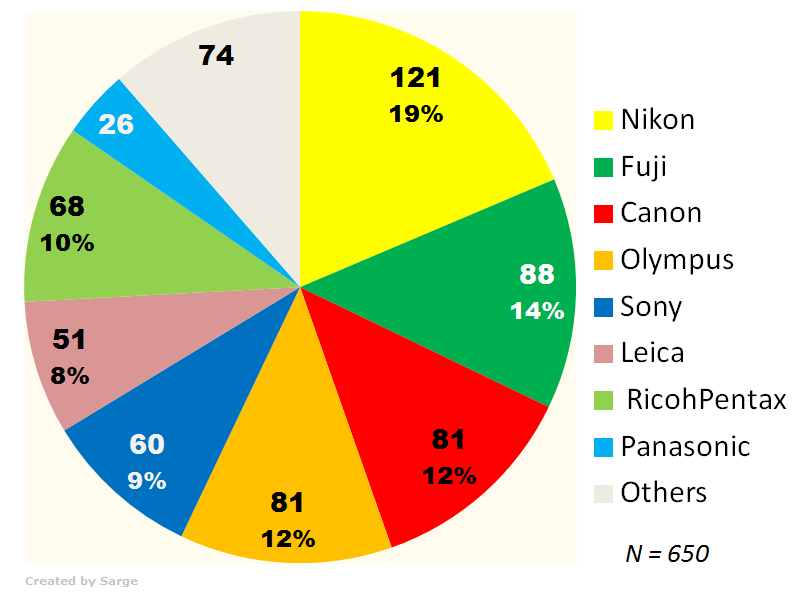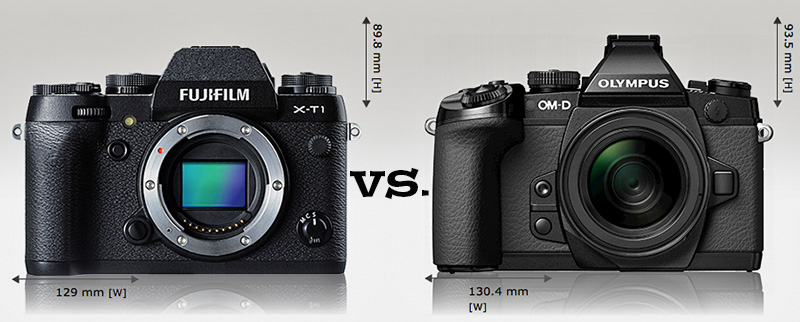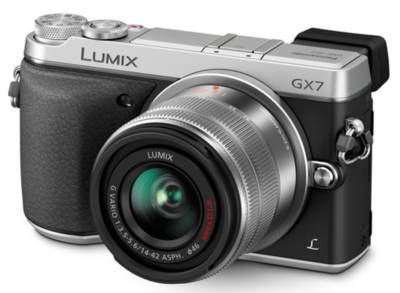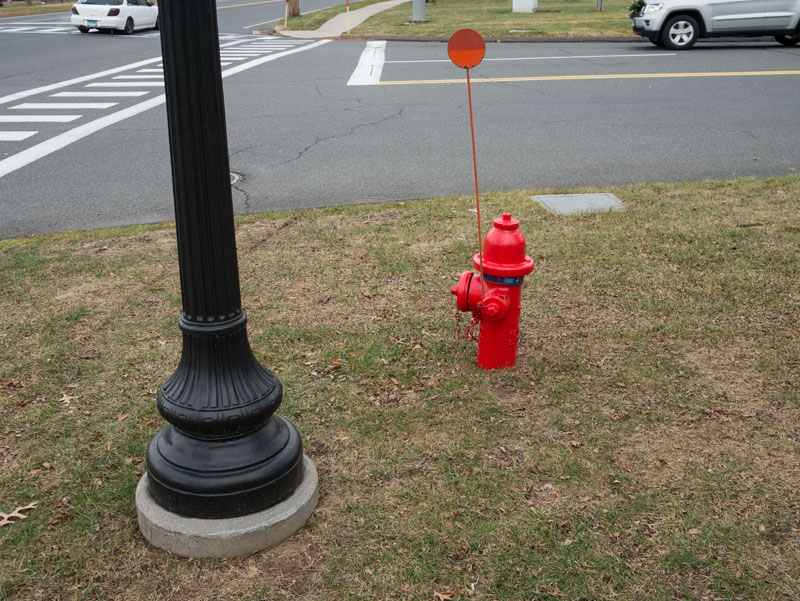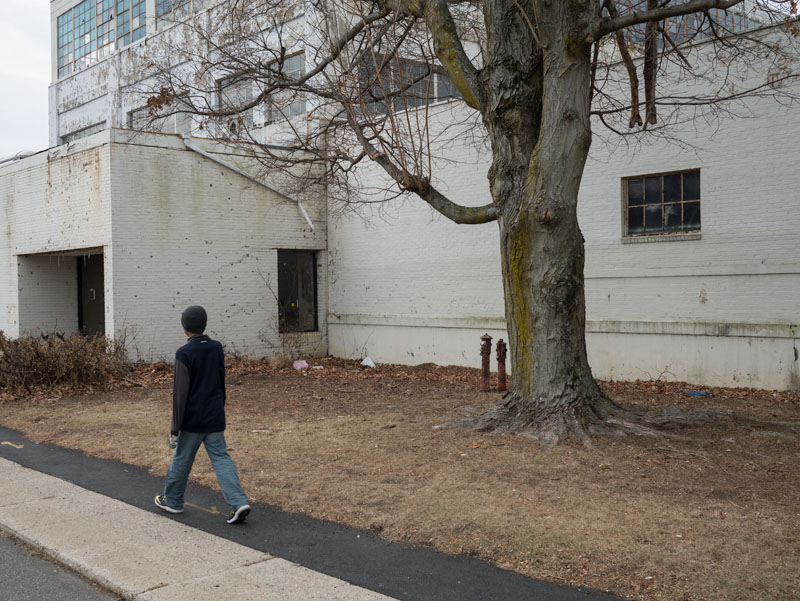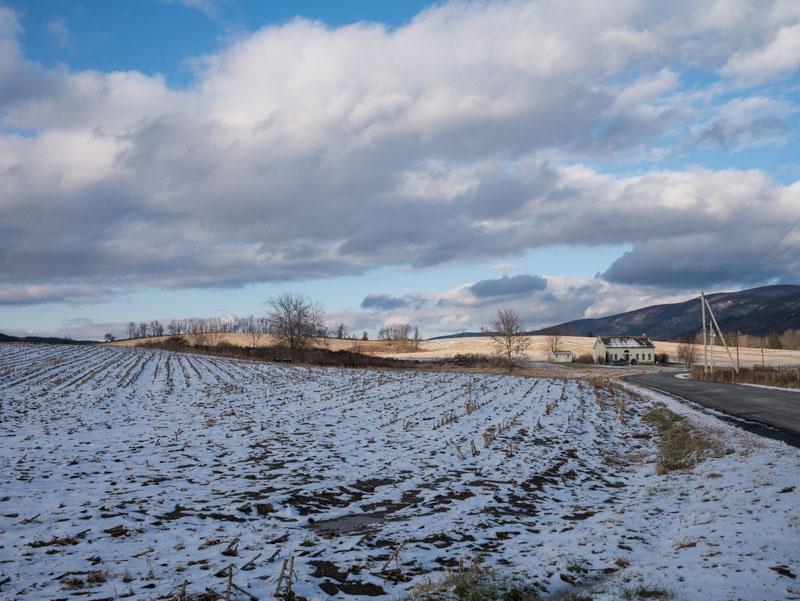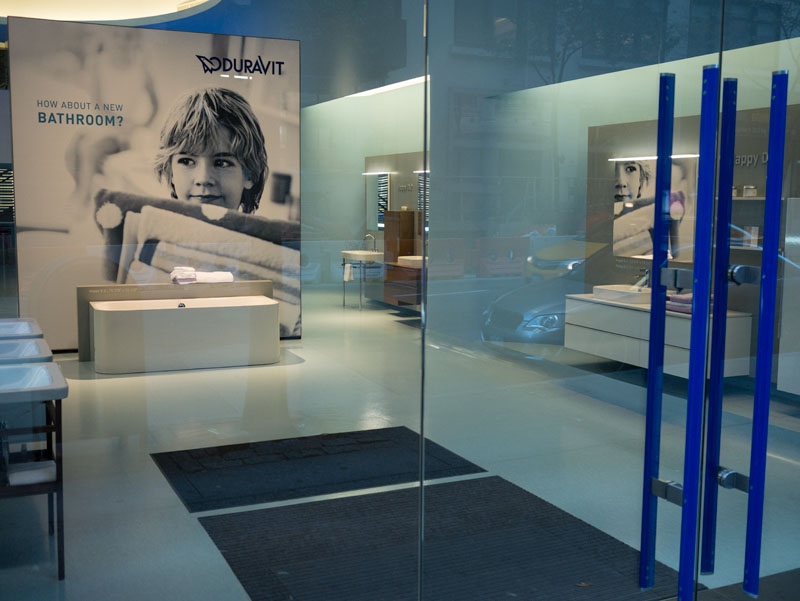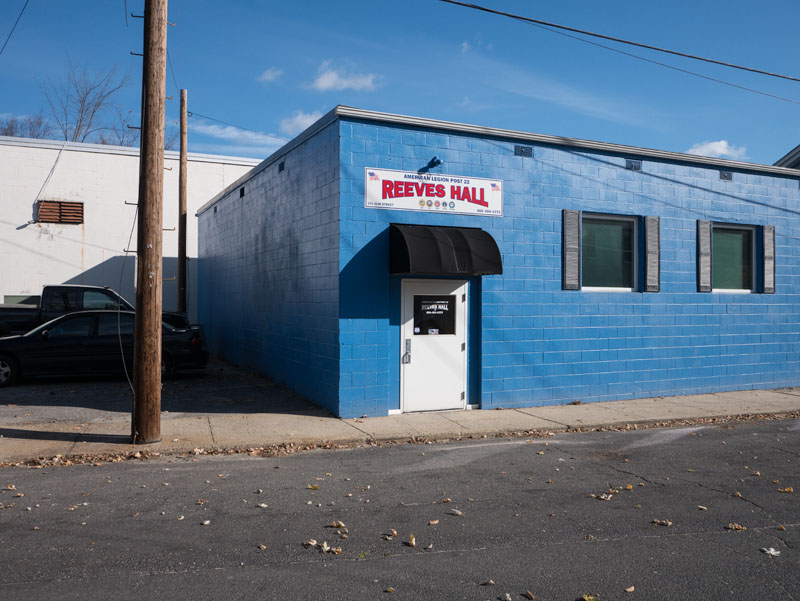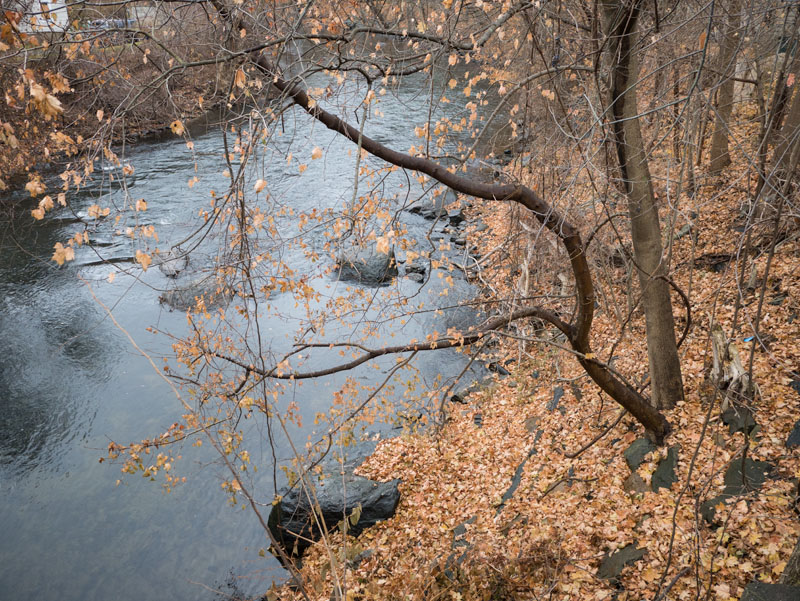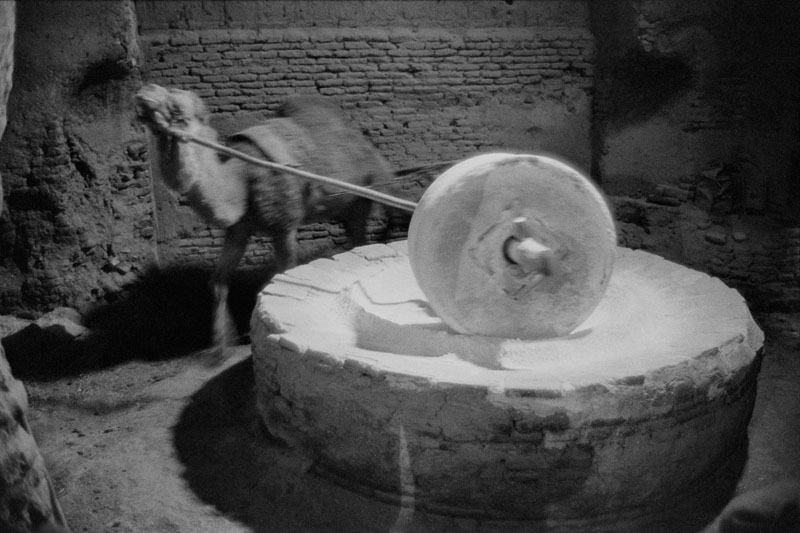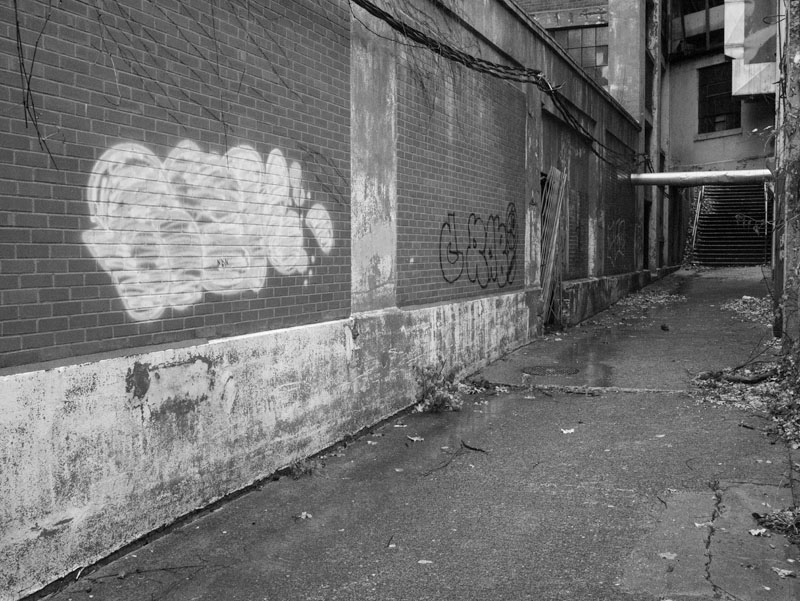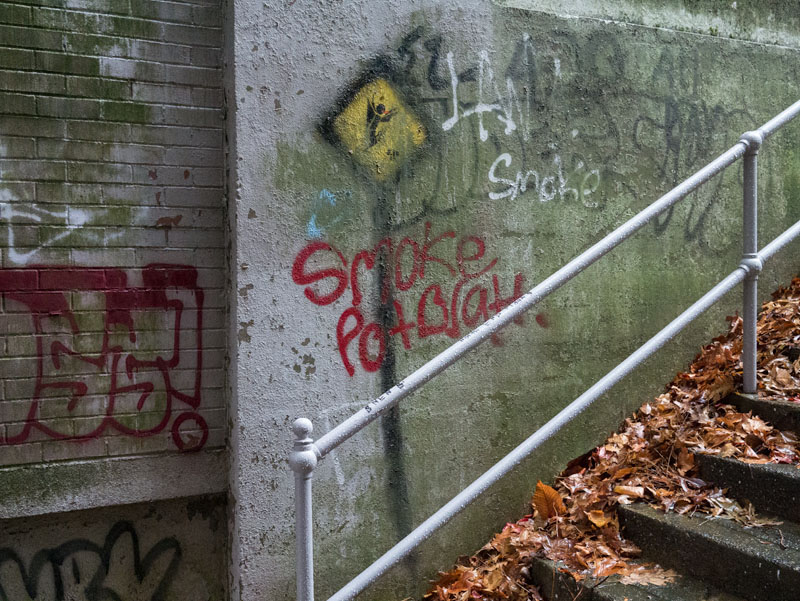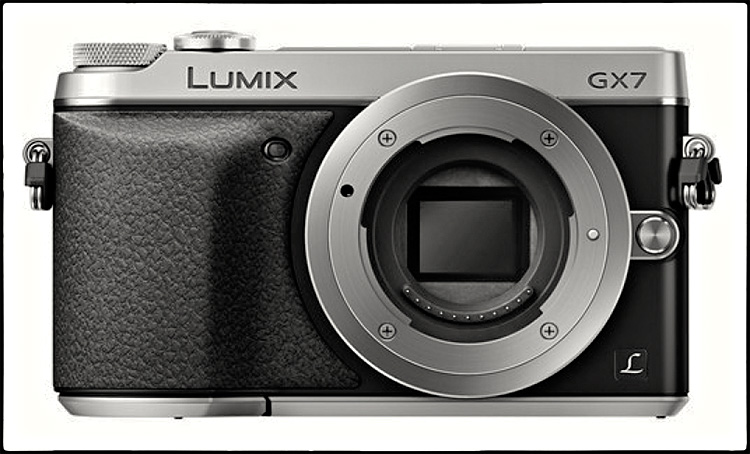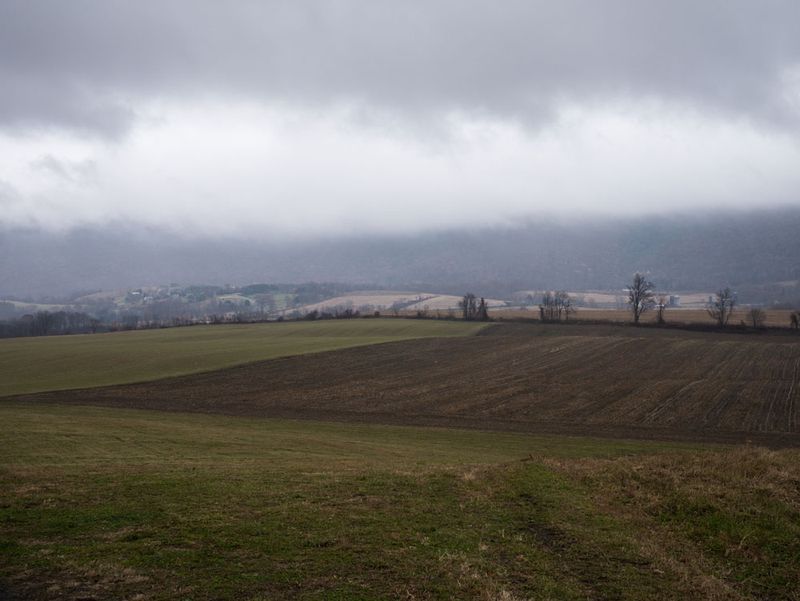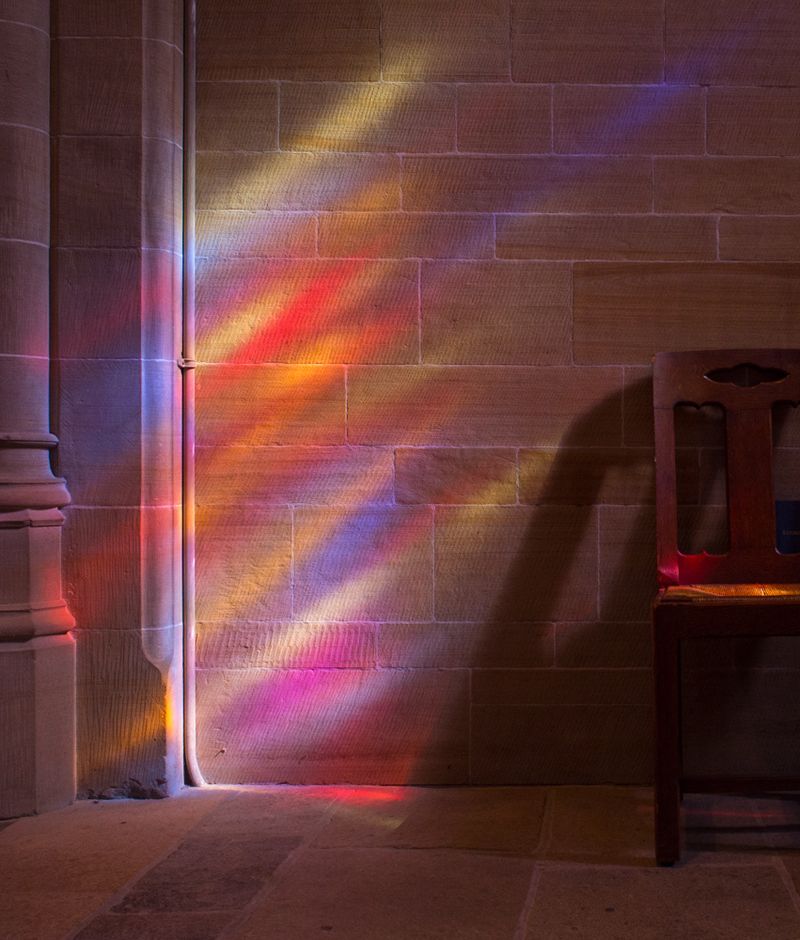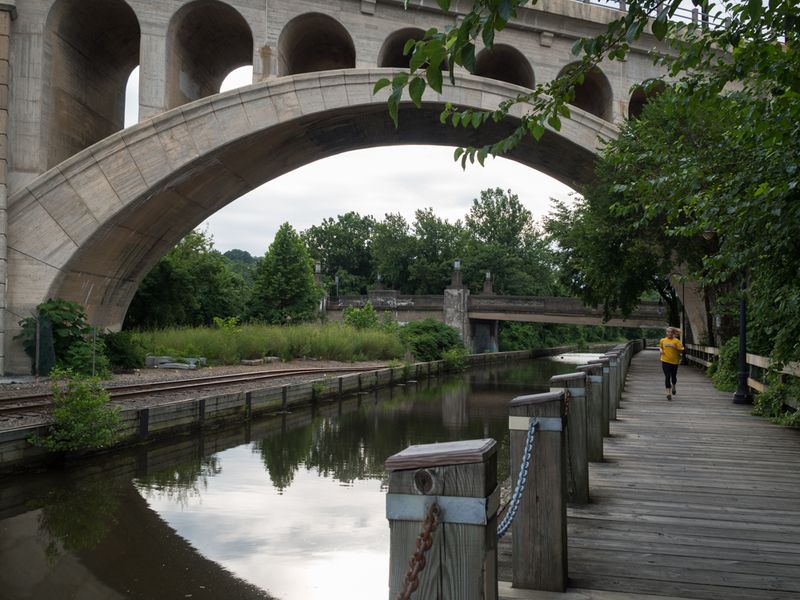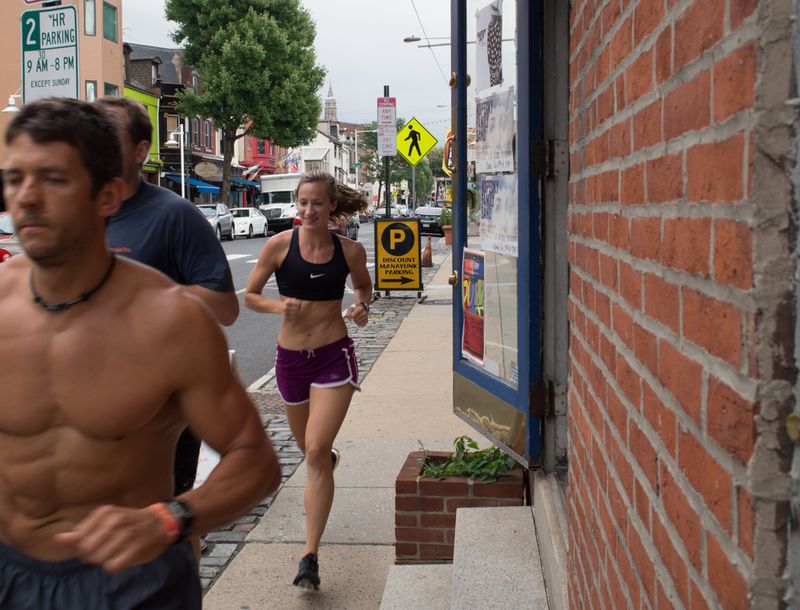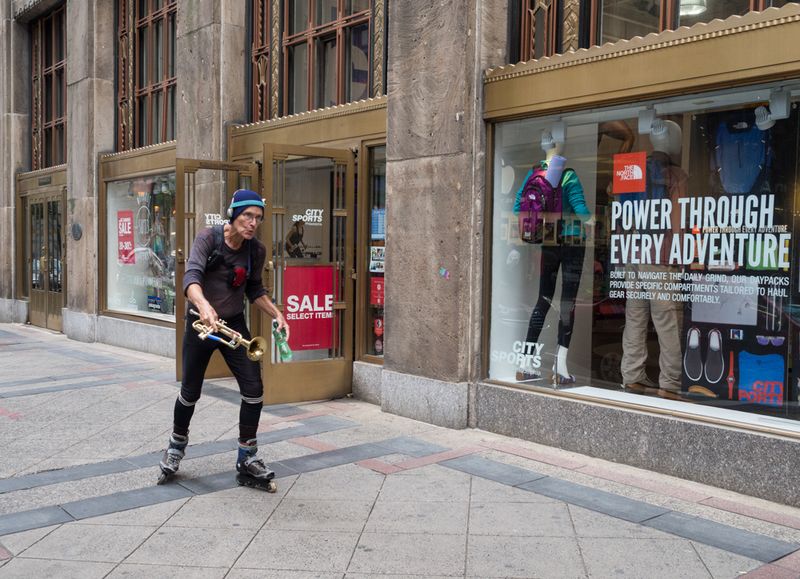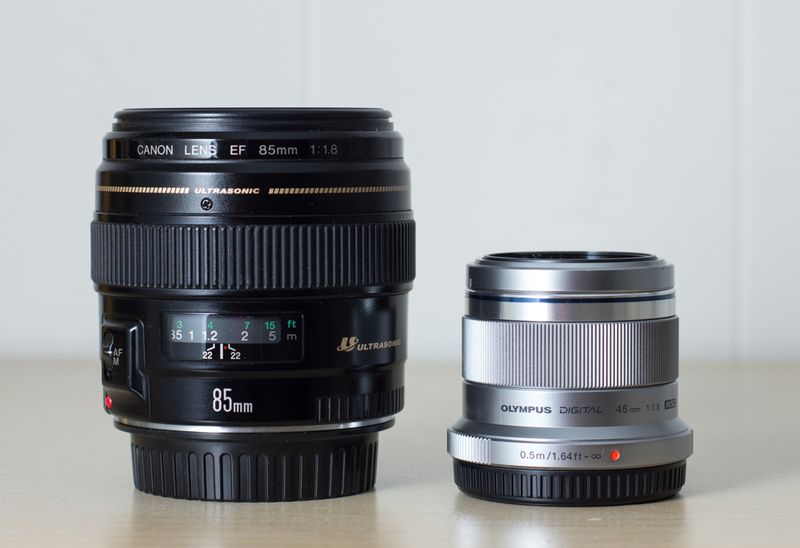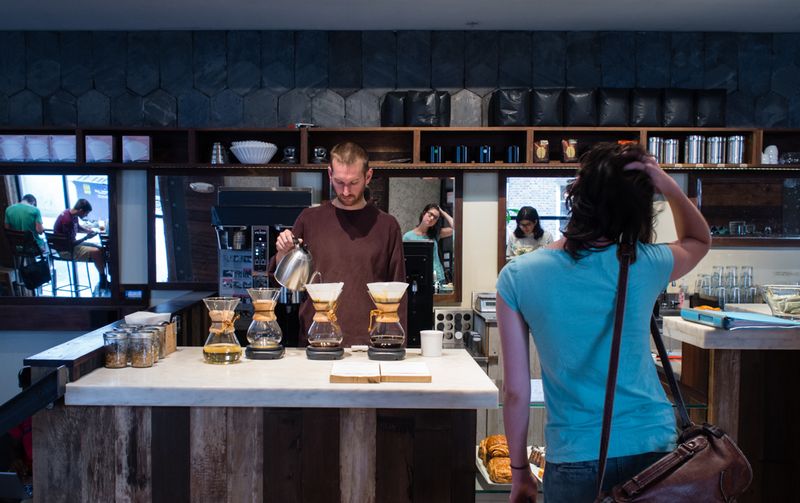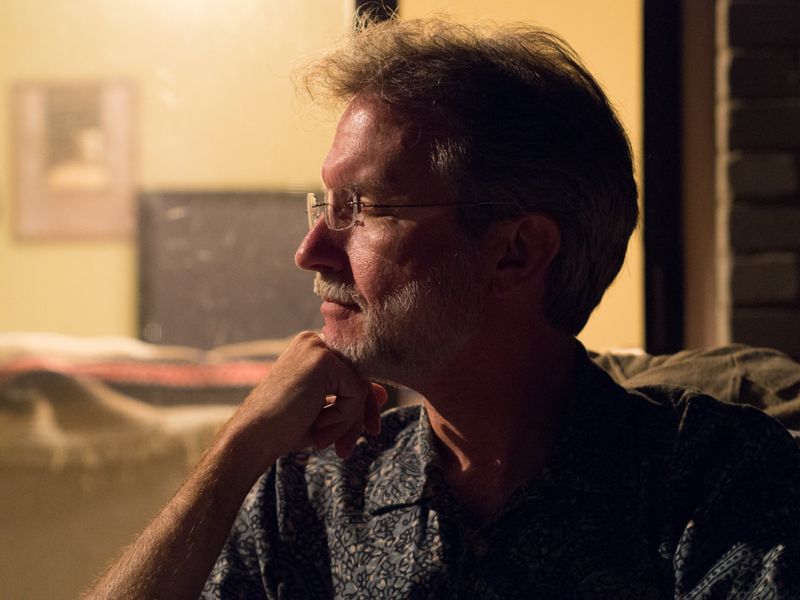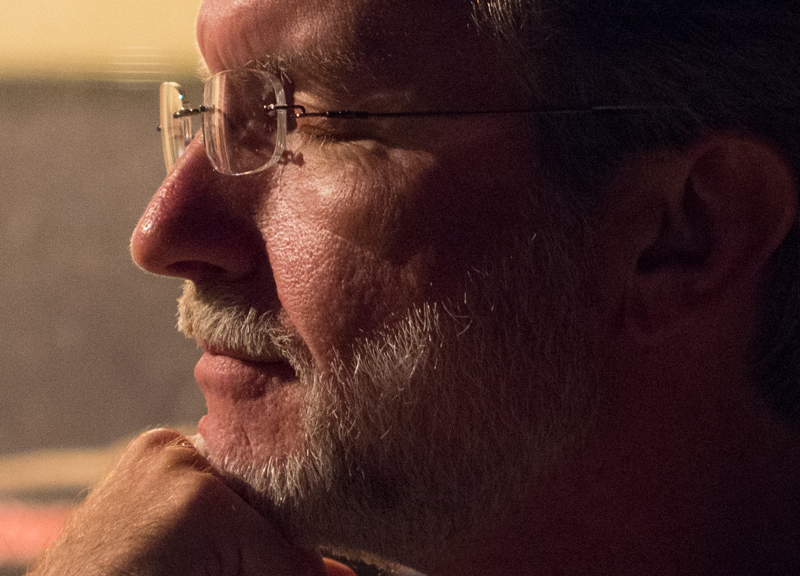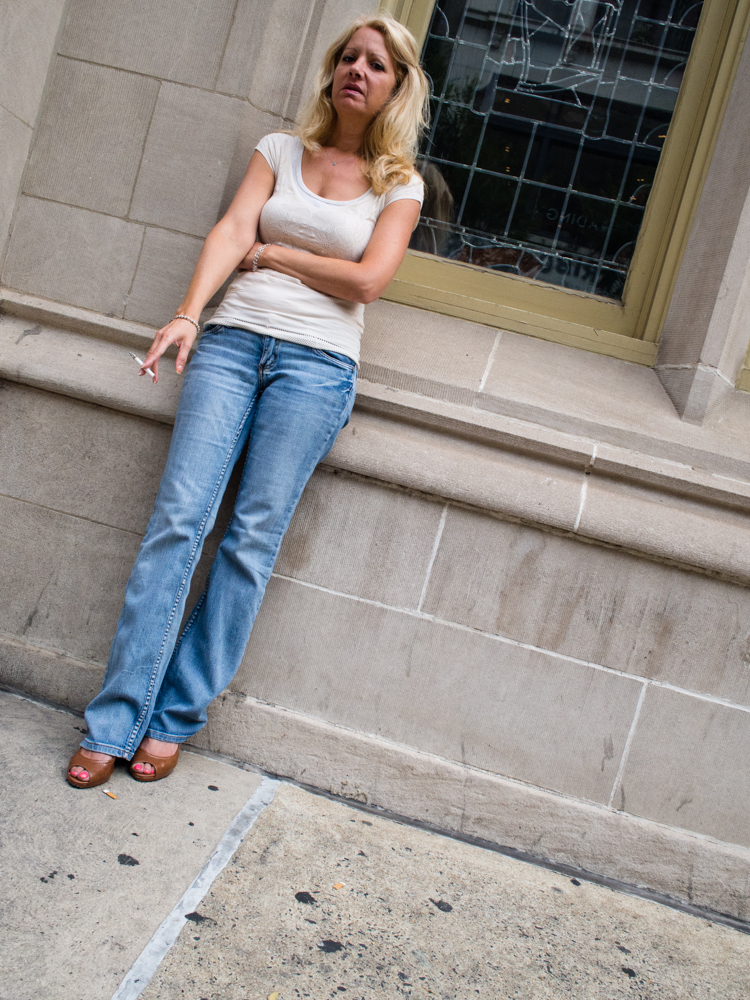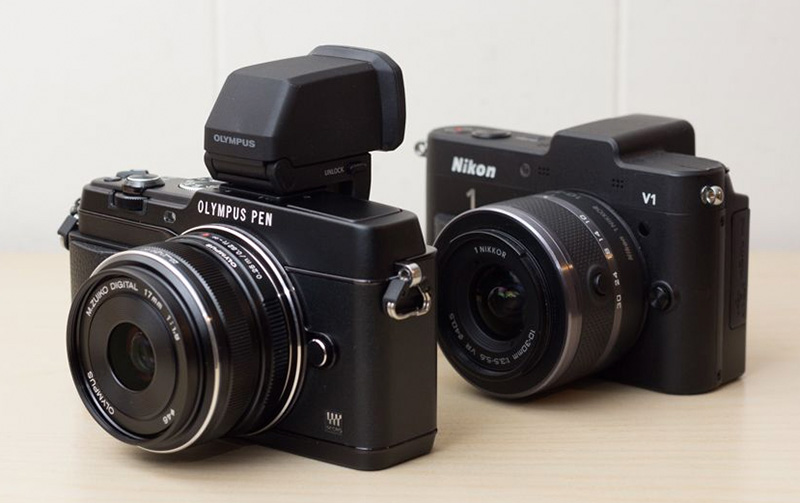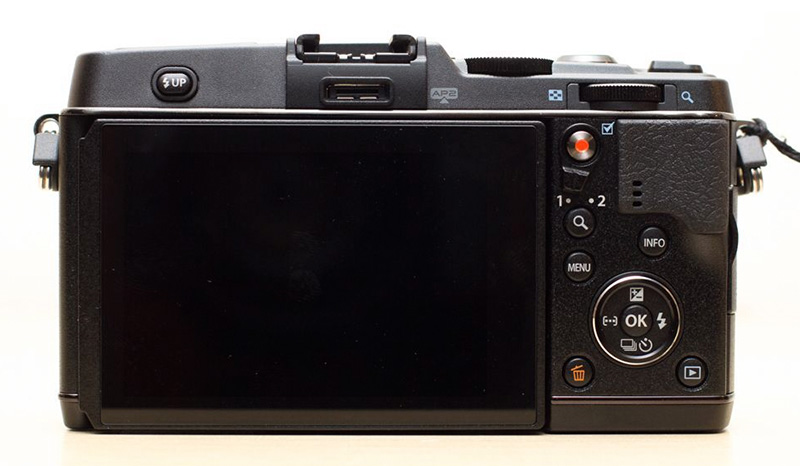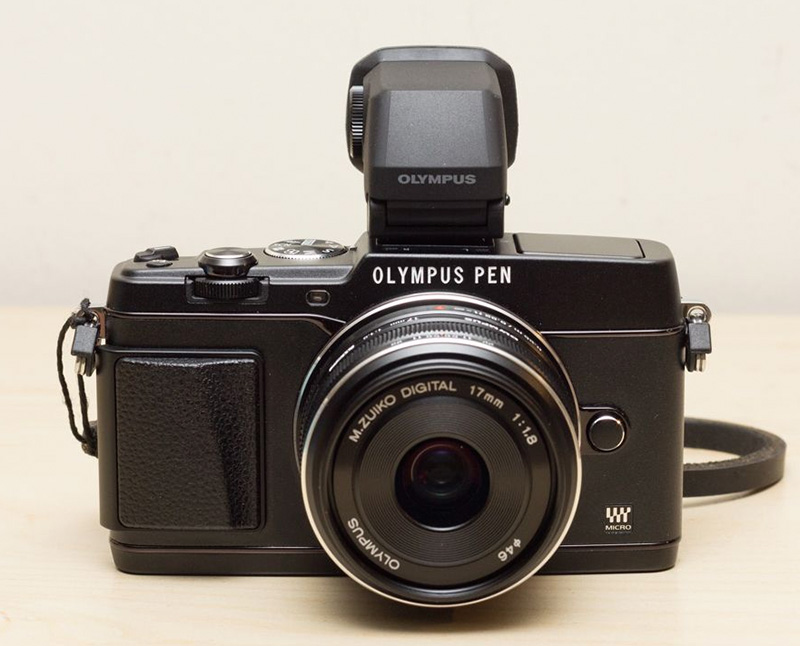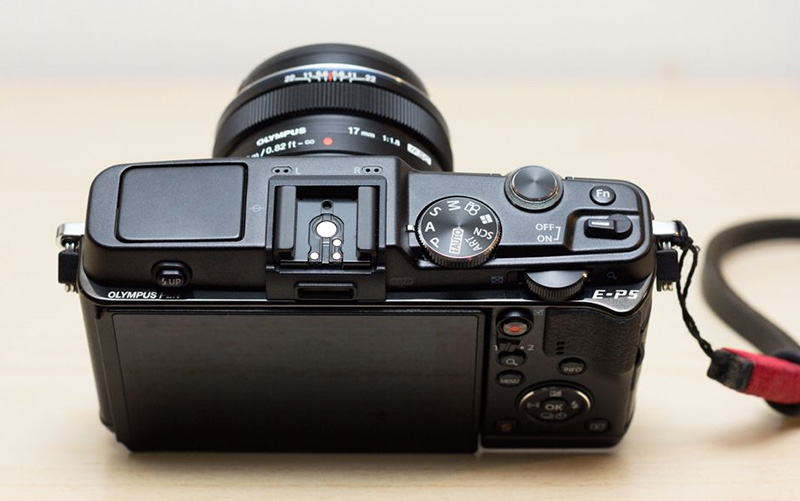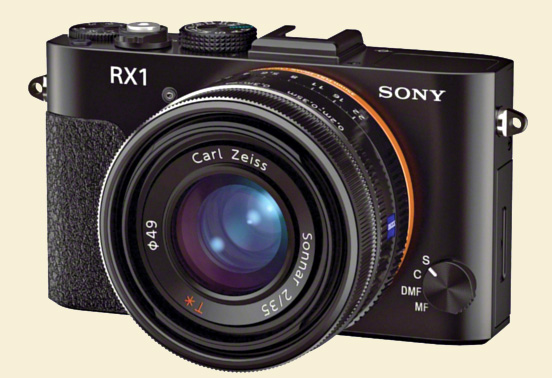
Reviewed by Bruce Haley
I'm a film guy. Everything that you see on my website was shot on film. With manual exposure and manual focus, besides. Oh, and no cropping. However, lest one think otherwise, I am definitely not vying for any sort of "purist" badge of honor—this is simply how I have always worked, and what makes me comfortable. Nothing more, nothing less.
However, sometimes age can prompt a change in working methods—or a desire for that change, where none existed previously. I'm 56, and have been doing this for over a quarter-century. I've worked in 35mm, medium format, large format, and panoramic; I've lugged equipment all over the world, in extremely demanding conditions. I still keep in good shape, I still hike and climb, I still do rigorous photographic assignments—but did I mention that I'm 56? No matter how much I would like to think so, my body is not what it was when I was 31 and in the Hindu Kush mountains, running with the Afghan mujahideen (and believe me, it was very difficult to keep up with them even then!). Oh, and the "fuzzy 50s" are here too—my vision is no longer 20/20. And I won't even go into what it's like transporting film around the world these days.
So from the back of my Luddite cave I've seen change a-comin', and contemplated it for quite some time. In 2012 I exhibited my most recent long-term project at a museum in California and a gallery in Manhattan—and all of this work was shot with a big, boxy, clunky old metal panoramic camera that I customized, modified, drilled and hammered upon, etc., and then perched atop a huge, heavy tripod. I joked that I was going backwards, in some sort of meaningless protest against modernity. And while I love the results from that huge panoramic negative, I had to admit that I was tired of hauling that big outfit up and down a bunch of mountains, and that I could use at least a short break from it. But how could I complain when my photographic idol, Josef Sudek, lugged his big Kodak Panoram around with only one arm...?
Well, there’s only one Sudek, and I’m not him. And after years of digital avoidance, I pulled the trigger on a Sony RX1. What I had read made it sound perfect for me, like some faint beam of light finally penetrated to the back of my aforementioned Luddite cave. Then the package arrived, and I stared at the box. Then one day I opened the box, picked up the camera for a minute or so, and immediately put it back into the box. It sat in the closet for another week before I took it out and handled it again. I still didn’t shoot it, though. I didn't want to just snap a few shots around the house—I was waiting for a day when I had the time to give it a proper test run. I was sort of excited by the prospect, until one day when I took the RX1 out of the box again and really began trying to get the feel of it—and my hands just seemed to swallow the poor little thing. I have large hands and long fingers, and the teeny beastie just seemed lost in there. I didn’t like what I felt, and I seriously wondered if I had made an expensive mistake....
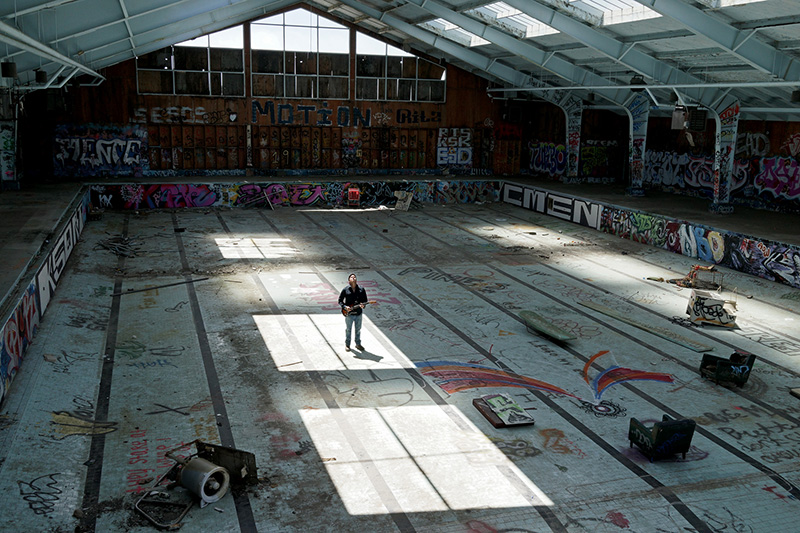
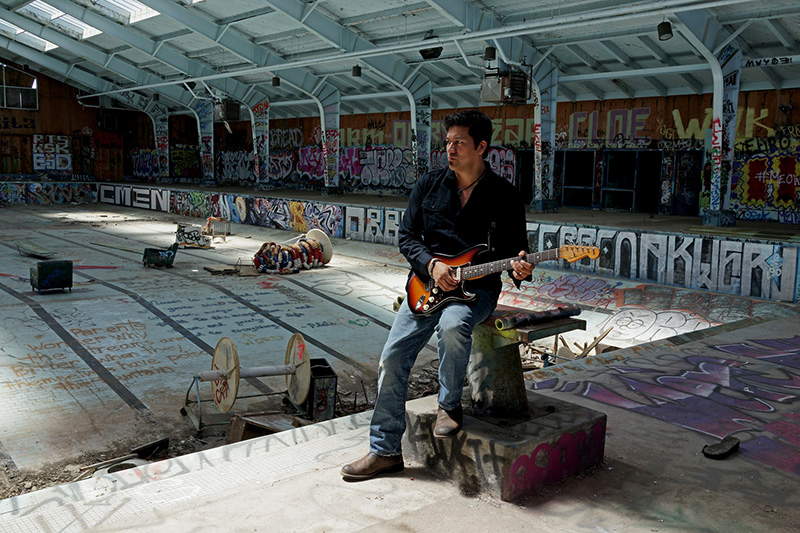 Mato Nanji by Bruce Haley, Sony RX1
Mato Nanji by Bruce Haley, Sony RX1
But I wanted to like it...so I decided to damn the torpedoes and use it for an upcoming shoot with Mato Nanji, the phenomenal guitar player from the band Indigenous. A quick Google search will tell you about Mato—his name, pronounced "mah-TOE non-GEE," translates to "Standing Bear," and he was born and raised and still lives on the Yankton Sioux reservation in South Dakota. He is held in extremely high regard as a blues/rock guitarist, and besides his band and his many recordings, he has been part of the "Experience Hendrix" tour for years, and has shared the stage with other guitar wizards from Buddy Guy to Carlos Santana.
Mato was on tour in support of a newly-released record and was making a north-south run down the West Coast. Normally he plays every night, but he had one day open between his San Francisco and Los Angeles gigs, and arrangements were made for me to shoot some promo stuff with him on that day. As I am a huge blues fan, I had already been listening to him for years, so I was excited for the shoot.
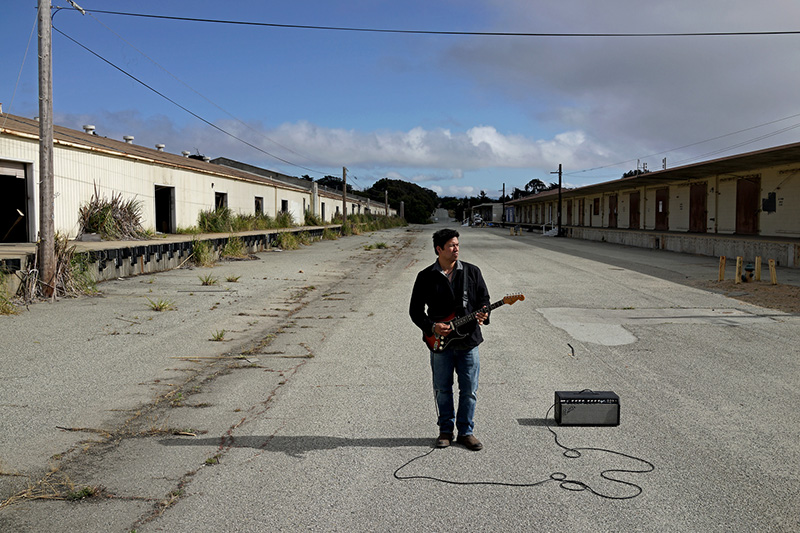
Mato is very quiet, very reserved, and very humble about his incredible skills—there's no ego, no rock-star attitude, nothing of the sort. However, along those same lines, he's also not crazy about posing for photographs. Two days prior to the shoot, I had met him backstage after a gig. I had just watched him blow away the audience with his fretwork, but backstage he was quiet and a bit shy, with body language to match. I said to him, "I bet you hate getting your picture taken," and he replied, "Yeah," with a bit of a grin and a little chuckle.
Two days after that, we met for the shoot (which I dubbed the "New Record / New Camera" shoot). We loaded Mato's Stratocaster and his Fender head amp into the back of my Jeep and took off. Since much of my work is considered somewhat post-apocalyptic, and Mato's new record is titled "Vanishing Americans," I took him to some abandoned areas where there were no people (we saw no one else during the course of the shoot). It was just Mato and me and Jerry (Mato's tour booker, who helped lug that heavy amp around—thanks, Jerry!), so we could travel light and fast. Over a period of three hours we drove to four different locations and set up and shot in eight different areas. No hair, no make-up, no wardrobe, no artificial lighting, no umbrellas, no reflectors, no creatives, no managers, no publicists—just a fun, whirlwind shoot. And Mato was a real trooper—he squeezed into a derelict building past big rusty exposed nails, sat among broken glass, climbed onto a big concrete cube at a construction site and balanced on its narrow edge (the inside was hollow), climbed down into an empty swimming pool full of garbage and discarded furniture, and so on.
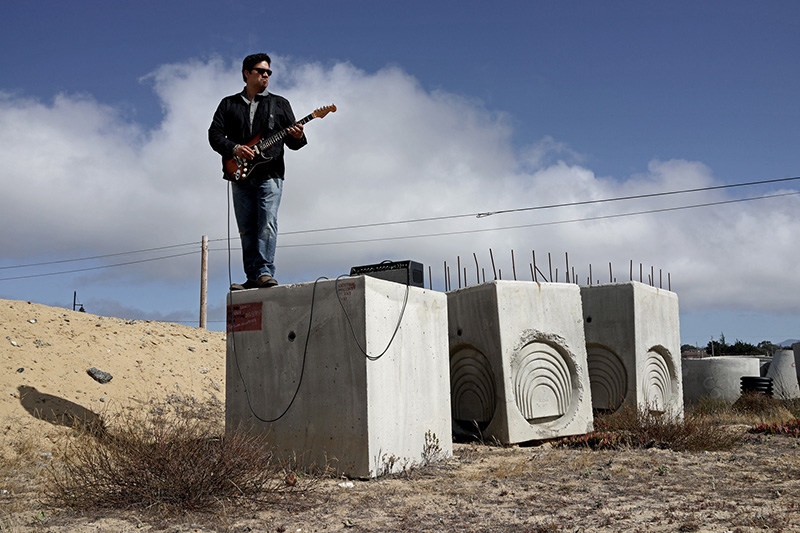
In describing this shoot you may have noticed that, despite this being something of a camera review, I never mentioned the RX1—and really, that's the point of this entire article: it's like the camera wasn't even there! I'm no techie, I'm no gearhead. I fully live by the famous Don McCullin saying, "I only use a camera like I use a toothbrush. It does the job." And boy, did that little Sony do the job! I went against everything I've done in the past: I set it for Aperture Priority, I let it do its autofocus thing, and then we packed as much into those three hours as possible. For the most part I forgot all about the fact that this was a new and unfamiliar camera—I just shot.
There are a lot of in-depth feature-by-feature reviews of this camera, and I don't need to add to those. I'm coming at this from a different perspective, and one that is decidedly non-tech. The bottom line is that this camera just sort of melted into me during the shoot, and I was able to concentrate entirely on getting a great deal of work done. My earlier trepidation about the way it felt in my hands went away very quickly. It was so light and unobtrusive that I left it around my neck even when we were driving between locations.
What are the downsides to the RX1...? Many people say that it is too expensive for what you get—but I think it's worth every penny. Great full-frame sensor, fabulous Zeiss glass, and so small and light you could carry and shoot with it all day and all night. The files are spectacular, and I haven't even gone into the RAW versions yet. Many people also don't like the fact that it's a fixed lens, but I love the 35mm prime, and in this format I would use it for over 90% of my shots anyway. So the fact that the camera was engineered around that amazing piece of fixed glass is just fine with me.
There are, however, a few things that I should add before I start sounding like a shill for Sony. I really would not want the RX1, and certainly would never use it in any sort of professional capacity, without the electronic viewfinder (EVF)— but perhaps that says as much about my shooting style as it does about the camera. The EVF itself is a wonderful design, it blends right into the effortless operation of this camera, but it’s also not cheap and thus adds to the initial purchase expense.
And then my biggest complaint: the location of the "Movie Button." Come on, it's on the right-hand grip, for pity's sake! In the short time I've spent using this camera, I've accidentally tripped this thing four or five times. The first time it happened I glanced at my display and wondered how and why in the hell I was shooting video of the ground. Seriously, what were they thinking? It's such a well-designed camera that the placement of this button just baffles me. I'm hoping that there will soon be a firmware update that allows me to disable that blasted button (something I believe Sony has done with other models).
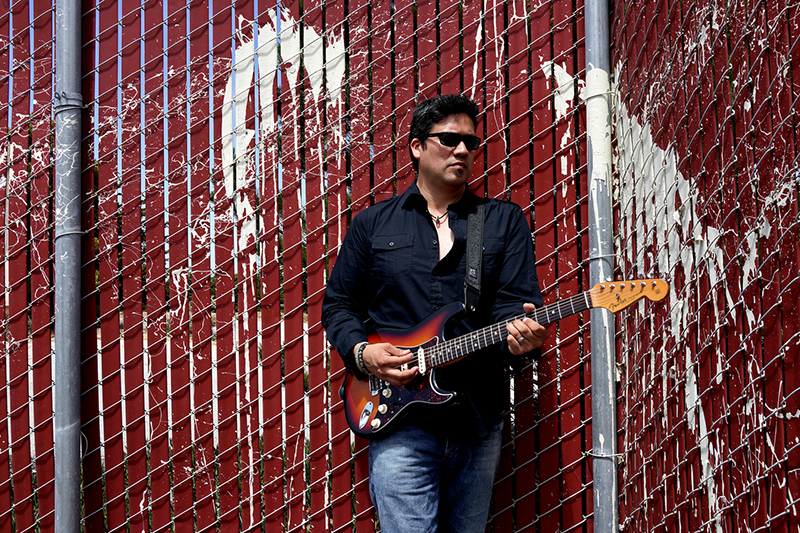
So there you have it—my non-techie initial impression of using the RX1 in a real-world pro shoot situation, with almost no time under the hood of the camera prior to the shoot. As you can tell, I'm sold on this little beastie, and am singing its praises. Of course I'll still be using my film cameras and my big heavy rigs too, but for right now I'm psyched about that "light, unfettered" feeling I get while shooting the RX1. Mato and his manager were very happy with the results as well, so it was a good three hours all the way around. And I got to hear great blues stories from Mato over dinner, after the shoot.
Oh, and I'm no longer at the very back of my Luddite cave—I've now officially scooted a few yards toward the entrance....
Bruce
(P.S. For those interested in Mato's music, I would recommend these to start with: "Indigenous Featuring Mato Nanji" from 2012; "Vanishing Americans"—the new record, 2013; and "Indigenous Live at Pachyderm Studio 1998.")
Sony RX1 at Amazon
EVF
OVF
Sony RX1 at B&H Photo
EVF
OVF
[Ed. Note: A new variant of the RX1 has just been announced, the RX1R, which has no anti-aliasing filter. The two cameras are otherwise identical and are priced the same.]
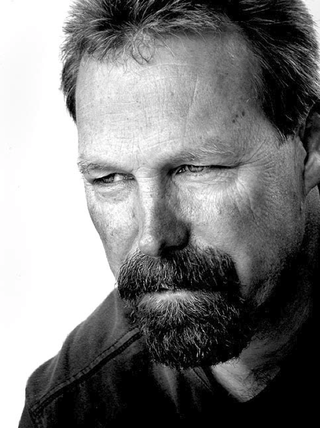
Bruce Haley by Bill Jay, 2006
In 1992, when he was at Black Star, Bruce Haley was nominated by The Baltimore Sun for a Pulitzer Prize for helping to break the story of the famine in Somalia. His clients include Time, LIFE, U.S. News and World Report, The London Sunday Times Magazine, Stern, Paris Match, GEO, Aperture, Esquire, Georgia-Pacific, and the Chevron Corporation, and his work has been profiled in American Photo, (French) Photo, B&W magazine, Artworks, and Arts & Living. He received the prestigious Robert Capa Gold Medal for his coverage of the Burmese civil war.
Text and pictures ©2013 by Bruce Haley, all rights reserved
Links in this post may be to our affiliates; sales through affiliate links may benefit this site.
TOP's links!
(To see all the comments, click on the "Comments" link below.)
Featured Comments from:
GH: "Hi, Bruce. Great shots and review.
I wanted to mention that you can disable the movie button on the RX1, so
that it only activates when the mode dial is set to movie mode. This
function is there in the menus.
I also wanted to mention just how great using an OVF is with this camera
(I use a Voigtlander, rather than the official Zeiss.)
"I expected to
primarily use the EVF, but I also got an OVF for fun, and I like using
the OVF so much more that, surprisingly, I got rid of the EVF
altogether. The OVF stays permanently on the camera.
You'd think that a "dumb" OVF wouldn't be useful, but, since the AF and
metering of the camera is so accurate, and there is no horizontal
parallax, my hit rate is very good. I occasionally use the rear LCD, if
it looks like a particularly difficult AF or metering situation, but
it's rare. In fact, I find that I'm at least as accurate as I am with
my X100's hybrid OVF, since the Fuji has to deal with more parallax."
Bruce Haley replies: Many thanks, GH, for your comment regarding the movie button. I found what you were referring to, and disabled the button—quite easily, I might add. And I certainly should have discovered this option on my own, but the light is rather dim in my Luddite cave, and for now I still find in-camera menus and massive 300-page user manuals to be somewhat daunting (to be honest, I don't even know how to use most of the features on my cheap cell phone). I did look through the RX1's menus and manuals, apparently (and not surprisingly) missing this entirely, and even did a quick Google search, where I found the notion that it needed a firmware update to accomplish the task. Ignorance on my part collided with ignorance on the 'Net, giving birth to misinformation. At any rate, I'm quite pleased to have been wrong in this instance, so thanks once again for leading me out of the darkness.
Rob: "I have had my RX1 for nearly six months, and I am still astonished when I
see its RAW files open up on my monitor. How could such a small gadget
produce such excellent images? Some users have complained about slow
autofocus, but I have rarely found this to be a problem, even in low
light. Furthermore, focusing in dead-on accurate. I have the EVF,
which is better than I expected, but in bright sunny conditions it is
no match for an OVF. At such times, I just use it to frame the image
and depend on the camera to deliver the goods, which it always does."
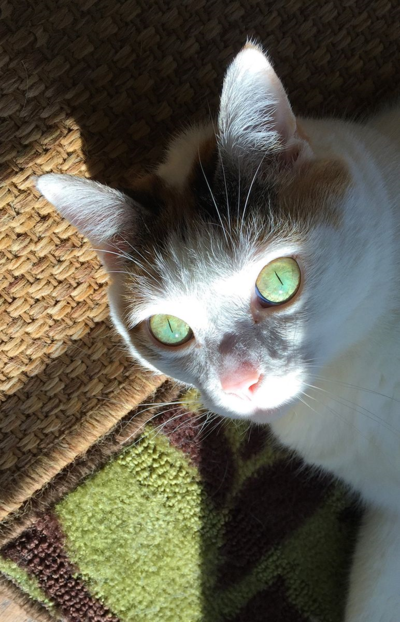 Cat's Eyes in Sunlight, Apple iPhone 6+
Cat's Eyes in Sunlight, Apple iPhone 6+